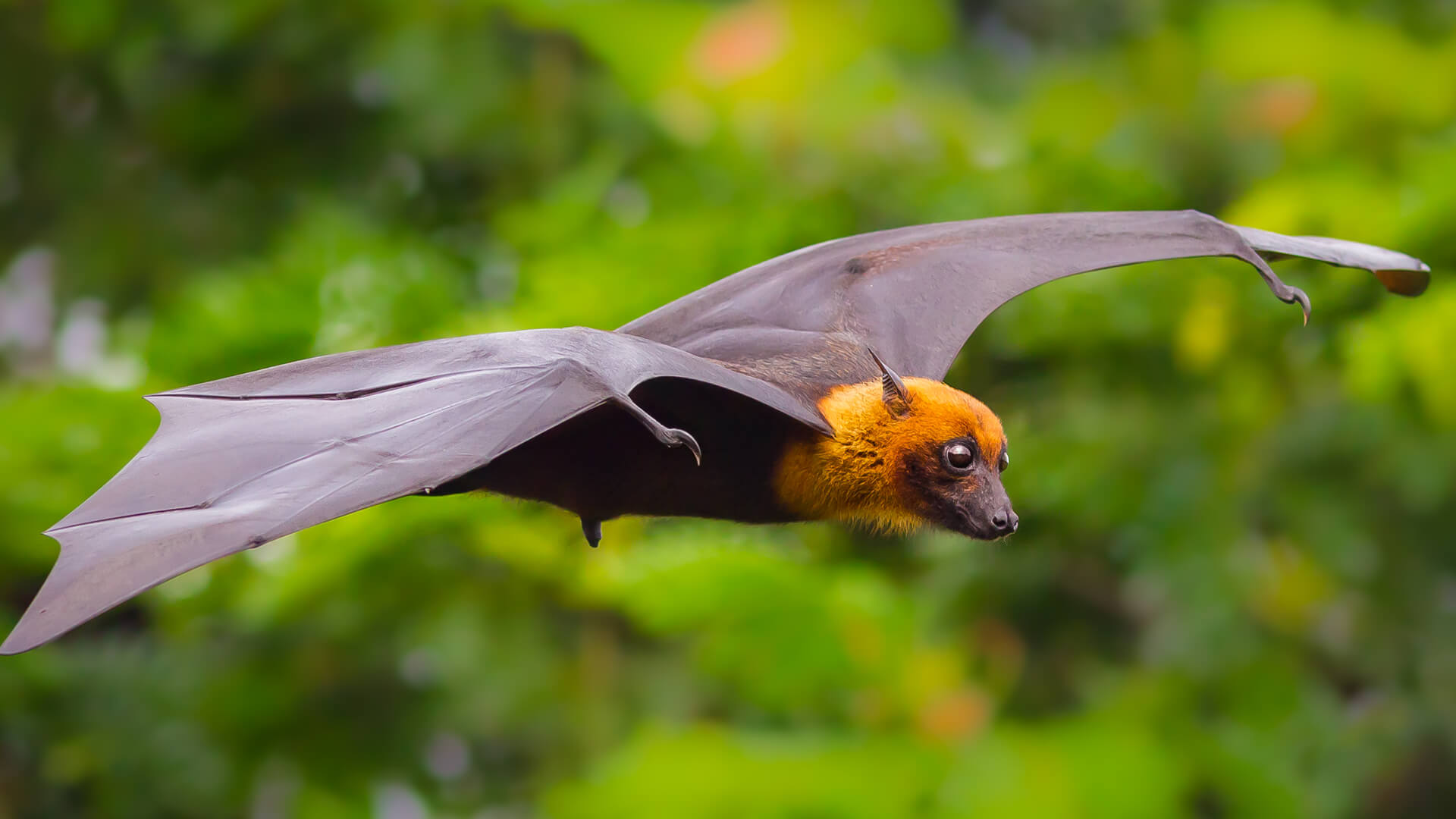Only one type of mammal has wings and those are bats

Only One Type of Mammal Has Wings: Bats

Bats: The Only Mammals with Wings
Bats, the mysterious nocturnal creatures that inhabit our world, possess a unique attribute that sets them apart from all other mammals. They are the only mammals in the animal kingdom that have wings. The fascinating ability to fly opens up a world of possibilities for these small, agile creatures.
The Wings of Bats
Unlike birds, whose wings are made of feathers, bat wings are fundamentally similar to human arms and hands. These delicate structures consist of a thin membrane of skin stretched between elongated fingers. The wings of bats are adapted for powered flight and are capable of great maneuverability.
The Evolution of Bat Wings
The evolution of bat wings remains a topic of scientific interest and debate. One prevailing theory suggests that the ancestors of bats developed membranous structures between their fingers as an adaptation for gliding. Over millions of years, natural selection favored individuals with larger and stronger wing membranes, enabling them to glide longer distances. Eventually, the elongation of fingers and the growth of wing membrane led to the development of fully functional wings.
Different Types of Bats
Bats belong to the order Chiroptera, which is divided into two suborders: Megachiroptera (fruit bats or flying foxes) and Microchiroptera (echolocating bats). While both suborders have the ability to fly, they differ in various aspects such as size, diet, and habitat.
Megachiroptera - Fruit bats, also known as flying foxes, are generally larger in size with wingspans that can reach up to six feet. These bats rely on their keen eyesight and sense of smell to locate fruit, flowers, and nectar.
Microchiroptera - Echolocating bats, on the other hand, are smaller in size and possess a remarkable ability to use echolocation to navigate and detect prey. By emitting high-frequency sounds and listening to the echoes, they can accurately determine the distance, size, and shape of objects around them.
The Ecological Role of Bats
Bats play a vital ecological role as pollinators, seed dispersers, and insect controllers. Many plants rely on bats for pollination, including economically important crops such as bananas, mangoes, and agave (used to make tequila). Additionally, bats consume enormous amounts of insects, including agricultural pests, helping to maintain balance in ecosystems.
The Remarkable Diversity of Bats
With over 1,400 recognized species, bats exhibit an incredible diversity in size, appearance, behavior, and habitat. From the tiny bumblebee bat, which weighs less than a penny, to the majestic flying foxes with their impressive wingspans, bats have successfully colonized nearly every habitat on Earth, except for the polar regions.
Conclusion
Bats truly stand out among mammals as the only creatures with wings. Their unique ability to fly has allowed them to exploit varied habitats and play significant roles in ecosystems around the world. Understanding bats and the important functions they serve is crucial to their conservation and the overall health of our planet.
Source: Live Science
Related Posts
Quick Links
Legal Stuff

